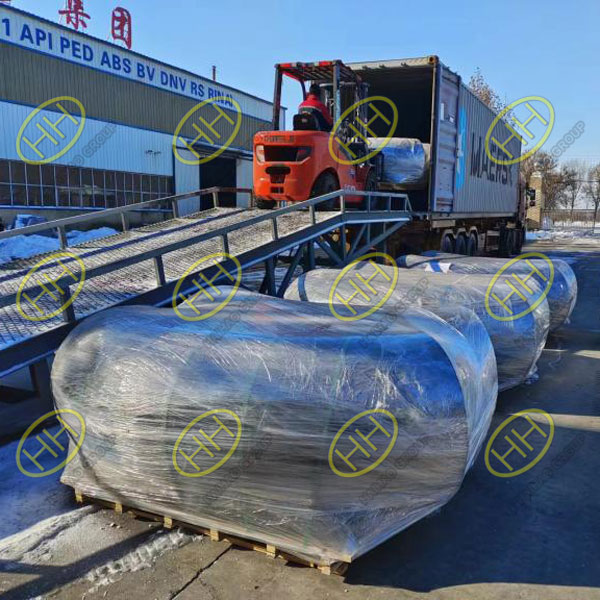Introducing bend testing for pressure pipeline materials
Bend testing evaluates the mechanical performance of materials under bending loads. It involves placing a specimen of defined shape and size on a bending device, bending it to a specified angle around a predetermined radius, and then examining its deformation behavior after removing the test load. During the test, the axes of the two arms of the specimen remain within the plane perpendicular to the bending axis. For instance, in a 180° bend test, the specimen is bent to a specified distance between the two arms, either parallel or in direct contact, as per relevant product standards.
Bend testing is unaffected by specimen skewness and is particularly useful for determining the flexural strength of brittle and low-ductility materials. The stress distribution on the specimen’s surface during bend testing is uneven, with the maximum stress occurring on the surface, making it sensitive to surface defects. In pipeline production, bend testing is commonly used to assess the flexural strength and plastic deformation of pipes, welded steel pipes, and welded joints.
Bend test specimen: the cross-sectional shape of bend test specimens can be circular, square, rectangular, or polygonal, but should comply with the requirements of relevant product standards or technical agreements. The dimensions of the specimen cross-section should be determined based on the material type, characteristics, and the capacity of the testing machine. Whenever possible, the entire cross-sectional dimension should be used for testing, considering the testing machine’s capacity. The length of the specimen should be determined based on the thickness of the specimen and the dimensions of the testing device used. Specimen preparation should remove areas affected by shearing or flame cutting. For welded joint bend test specimens, mechanical machining or grinding methods should be used for preparation, with care taken to prevent surface strain hardening or overheating. Both the front and back surfaces of the weld should be finished using mechanical methods to ensure they are flush with the original surface of the base material, with no visible knife marks or scratches on the specimen surface.
Bend testing equipment: bend tests are typically conducted on universal testing machines or pressure testing machines with an accuracy of Grade 1 or better. The testing machine should be capable of controlling the testing speed within the specified range, ensuring smooth and vibration-free application and removal of force. Additionally, the testing machine should be equipped with three-point and four-point bending test fixtures, with no relative movement or rotation during force application, and should include a device for recording the bend force-deflection curve.
Bend test performance: measurement before conducting bend tests, samples of the material to be tested are taken and specimens are prepared to meet the requirements specified in relevant standards. Suitable universal testing machines or pressure machines, along with appropriate bending fixtures, are selected for conducting bend tests, and the bend force-deflection curve or specified bend angle of the specimen is measured.
Evaluation of bend test results: bend test results should be evaluated according to the requirements specified in relevant product standards, welding process evaluations, or other technical agreements. If the product standard or technical agreement does not provide specific requirements, the bend portion of the specimen is visually inspected after testing, and if no visible cracks are observed, it is deemed acceptable. Macroscopic cracks, visible to the naked eye, are considered as cracks that can be clearly observed without the aid of magnification tools. Once a visible crack appears during testing, it indicates that the specimen has reached its limit in terms of bend plastic deformation under the given test conditions.

